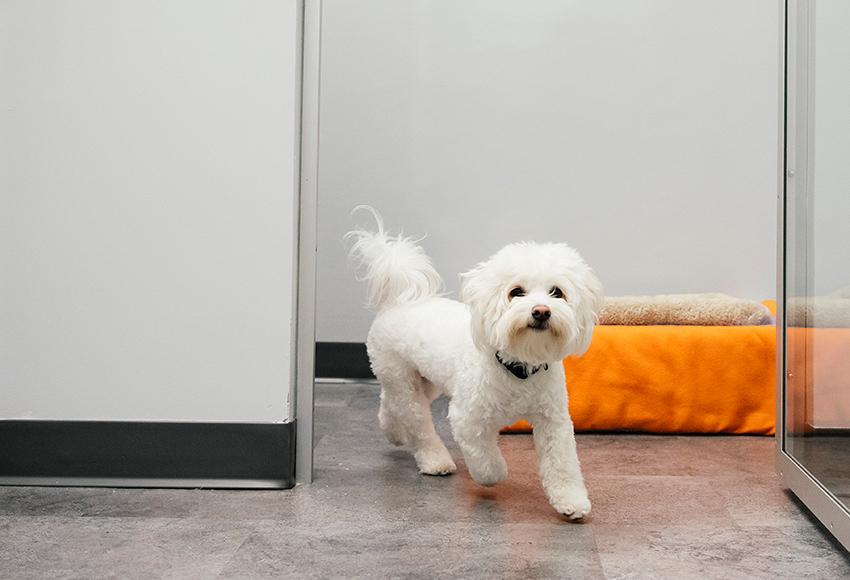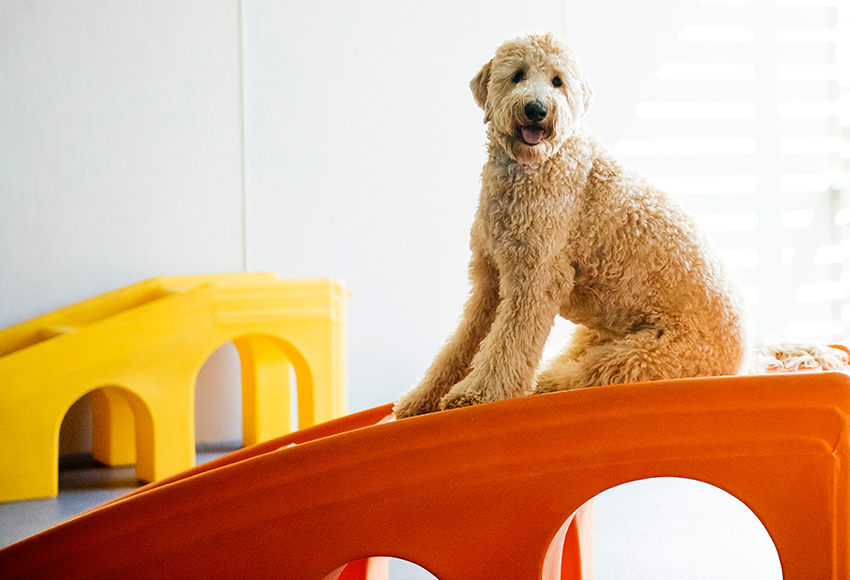How to Manage Your Dog’s Allergies: A Guide for Pet Parents
March 24, 2025Is your dog constantly scratching, sneezing, or suffering from red, irritated skin? Just like humans, dogs can develop allergies that affect their comfort and well-being. As a responsible pet parent, it’s essential to identify and manage your dog’s allergies to keep them happy and healthy.
Understanding Dog Allergies
Dogs can develop allergies to various environmental factors, foods, and even flea bites. The most common types of allergies include:
-
Environmental Allergies – Caused by pollen, dust mites, mold, and other airborne allergens.
-
Food Allergies – Triggered by certain proteins, grains, or additives in their diet.
-
Flea Allergies – A reaction to flea bites, often leading to severe itching and skin irritation.
-
Contact Allergies – Resulting from reactions to shampoos, fabrics, or cleaning products.
Signs of Allergies in Dogs
Common symptoms of allergies in dogs include:




If you notice these signs, consult your veterinarian for a proper diagnosis and treatment plan.
How to Manage Your Dog’s Allergies
1. Identify the Allergen
The first step in managing allergies is determining the trigger. Your vet may recommend allergy testing or an elimination diet to pinpoint the cause.
2. Adjust Their Diet
-
If your dog has food allergies, switch to a limited-ingredient or hypoallergenic diet.
-
Avoid common allergens like beef, chicken, dairy, wheat, and soy.
-
Try novel protein sources like duck, venison, or salmon.
3. Keep Your Home Allergen-Free
-
Wash your dog’s bedding and toys regularly.
-
Use a high-quality air purifier to reduce airborne allergens.
-
Vacuum frequently with a HEPA filter vacuum cleaner.
-
Wipe your dog’s paws after walks to remove pollen and outdoor allergens.
4. Bathe and Groom Regularly
-
Use hypoallergenic, soothing shampoos to reduce skin irritation.
-
Brush your dog often to remove allergens from their coat.
-
If your dog has environmental allergies, wiping them down with a damp cloth after outdoor play can help.
5. Flea Prevention is Key
-
Use vet-approved flea preventatives year-round.
-
Keep your home and yard flea-free with regular cleaning and pet-safe treatments.
6. Consider Allergy Medications
-
Antihistamines, prescribed by your vet, can help manage symptoms.
-
In severe cases, allergy shots (immunotherapy) may be recommended.
-
Topical treatments like medicated shampoos or sprays can relieve skin irritation.
7. Consult Your Veterinarian
If your dog’s symptoms persist, visit your vet for professional advice. They may recommend specialized treatments such as prescription diets, skin supplements, or advanced therapies.
Managing your dog’s allergies takes time and patience, but with the right approach, you can help them live a comfortable, itch-free life. By identifying triggers, adjusting their diet, and maintaining a clean environment, you can significantly improve your pup’s quality of life. If your dog has food allergies, be sure to provide that information to us when dropping your dog off! A day of inside play at Dogtopia Springfield is a great alternative to the dog park if your dog has seasonal environmental allergies. Give us a call today to get started 703-982-0099!






